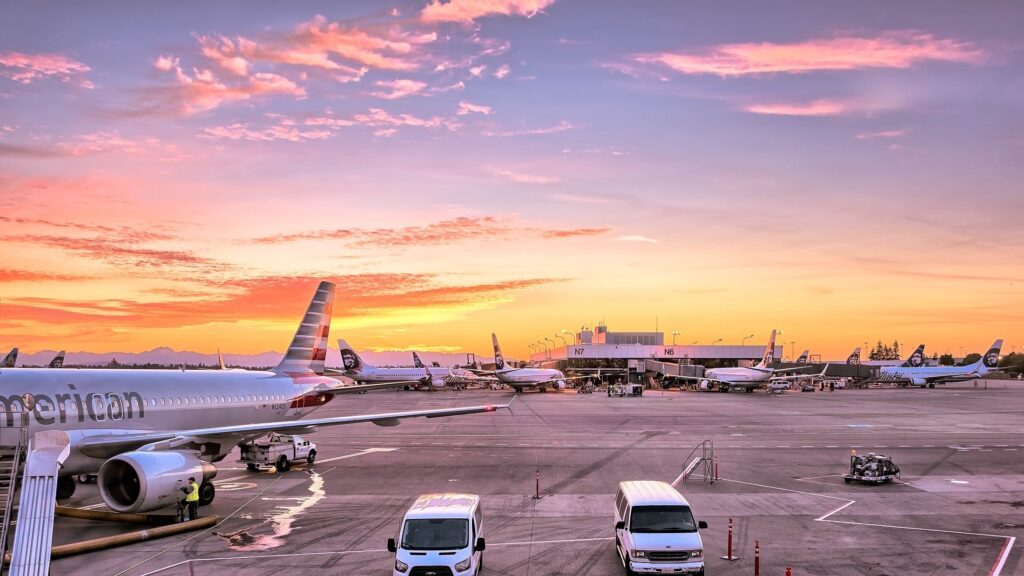
Buying a jet is a significant investment; through research and study, features tailored to the needs save regrets after owning jets that become incompatible with operations. We’ve compiled a list of the best small planes in the world and safest single-engine planes, so choose one that meets your requirements.
Everyone wishes they could own a private jet because it allows them to travel in style while avoiding the usual inconveniences of air travel. However, finding the right single-engine aircraft that meets your business or personal needs for range, modern flight systems, travel speed, first-class cabins, premium amenities, and a variety of other features can be difficult.
Table of Contents
What Exactly Should You Look For When Purchasing A Plane?
Always keep a few things in mind, such as safety and cost. There are a few planes that are reasonably priced. We’ll show you a few models that don’t cost much more than a car. Maintenance costs, such as fuel and the cost of a pilot license, should also be considered. If you don’t feel comfortable flying your plane, you’ll have to pay a private pilot to fly you, which is an additional cost to consider. However, the freedom that comes with owning your plane is priceless.
As you can see, various models are available, each with a different price and set of features. You can enter this market with a low-cost but reliable model or invest in one of the best aircraft in this category that money can buy. And some of them are expensive private jets that can only be afforded by the world’s wealthiest people, complete with cutting-edge specs, long-range, and luxury details we can only dream of.
How To Buy A Small Plane
There are six steps to buying a small plane:
- Determine your budget.
- Do your research.
- Request a loan if you’re not paying in cash.
- Take test flights.
- Complete pre-purchase inspection.
- Make your offer.
Best Small Planes In The World
Despite high plane and fuel costs, demand for new planes is increasing. In addition, nearly every major general aviation company has debuted a new model. Here’s a sample of some of them. The following are the types of small planes:
Cessna Skycatcher
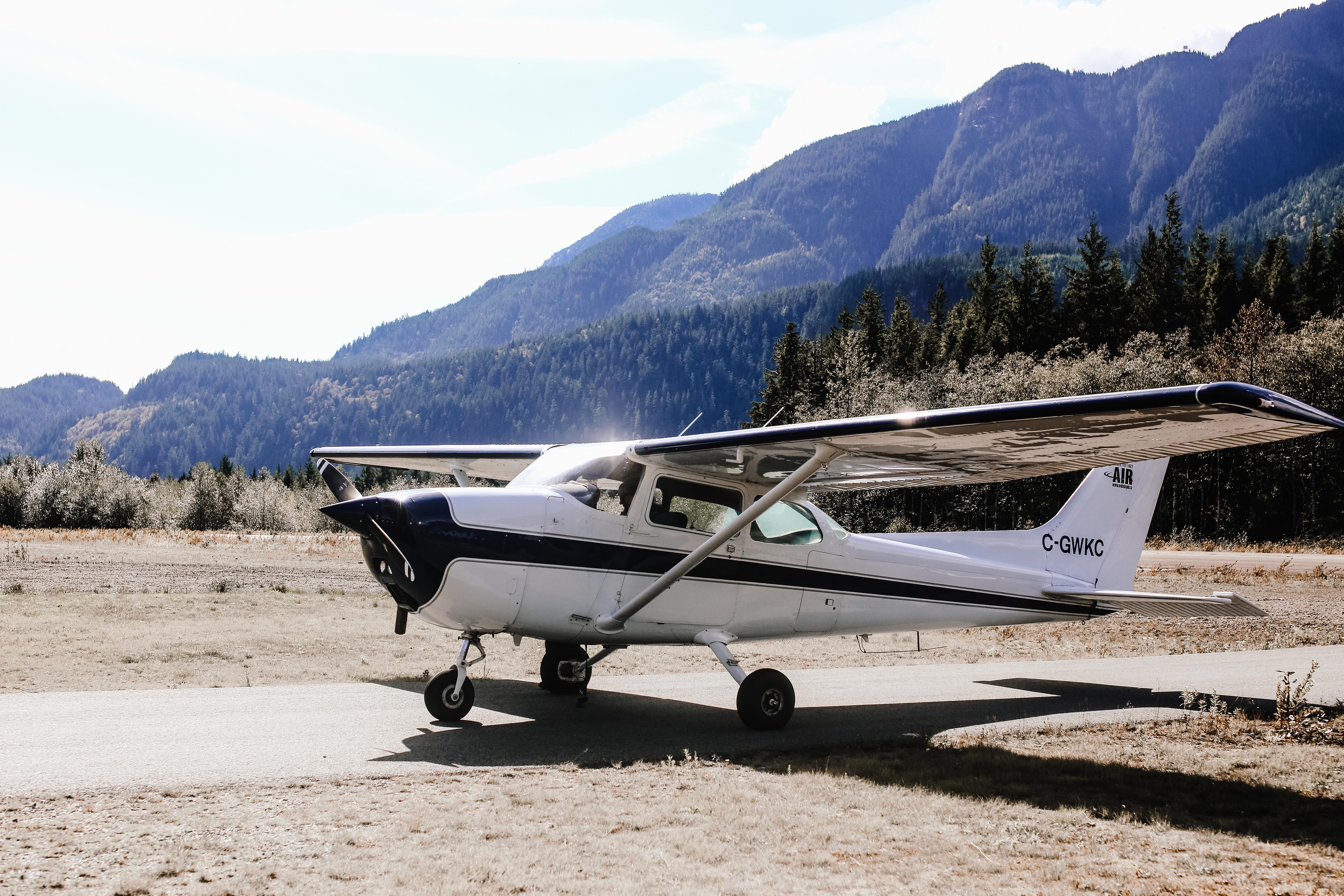
The Cessna Skycatcher is amongst the best small planes. For many pilots, the Cessna Skycatcher is the plane they learn to fly, not the plane they buy. With user-friendly Garmin avionics (much of the instrumentation is displayed on dual monitors) and just enough seating for a student and a wary instructor, the single-engine model is a famous training aircraft. The Skycatcher, on the other hand, is the most affordable (or nearly so) light sport aircraft (LSA) on the market, and it is part of a new class of small planes that are making general aviation more accessible than ever. Because of its limited range, it is unsuitable for most business travelers, but it is ideal for those who simply want to fly.
Icon A5 Amphibious Light Sport Aircraft
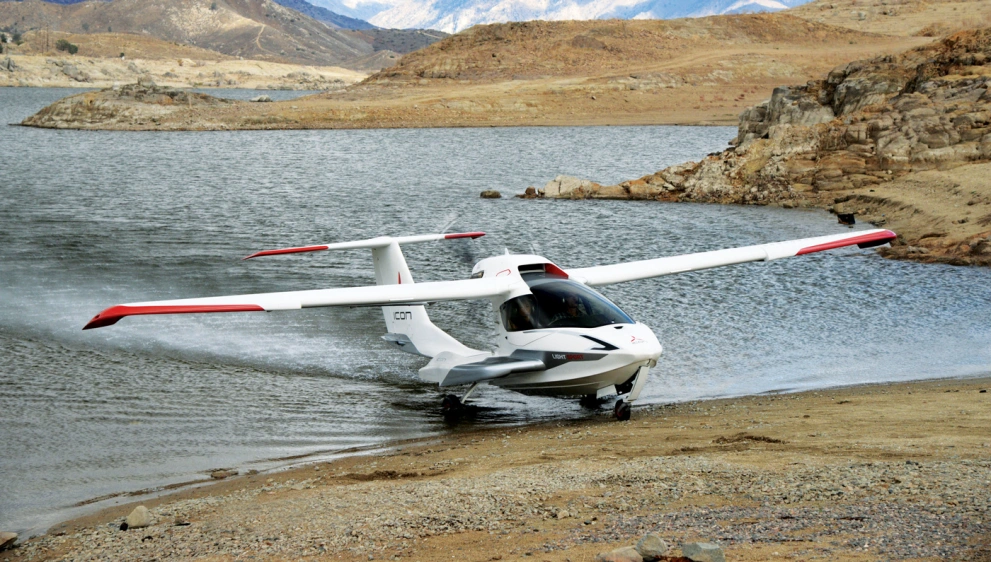
It’s natural to desire a plane that looks and performs like a G.I. Joe’s car has been started. The Icon A5 isn’t a toy, but it’s undeniably cool, with retractable wings, water landing capability, and a one-of-a-kind design that places the single-engine behind the two-seat carlike cockpit. The A5 can fly without a runway entirely, in addition to useful LSA options like a full-plane parachute. When the landing gear is removed, it becomes a seaplane capable of taking off, landing on water, and docking like a small midsized boat.
Cessna TTx
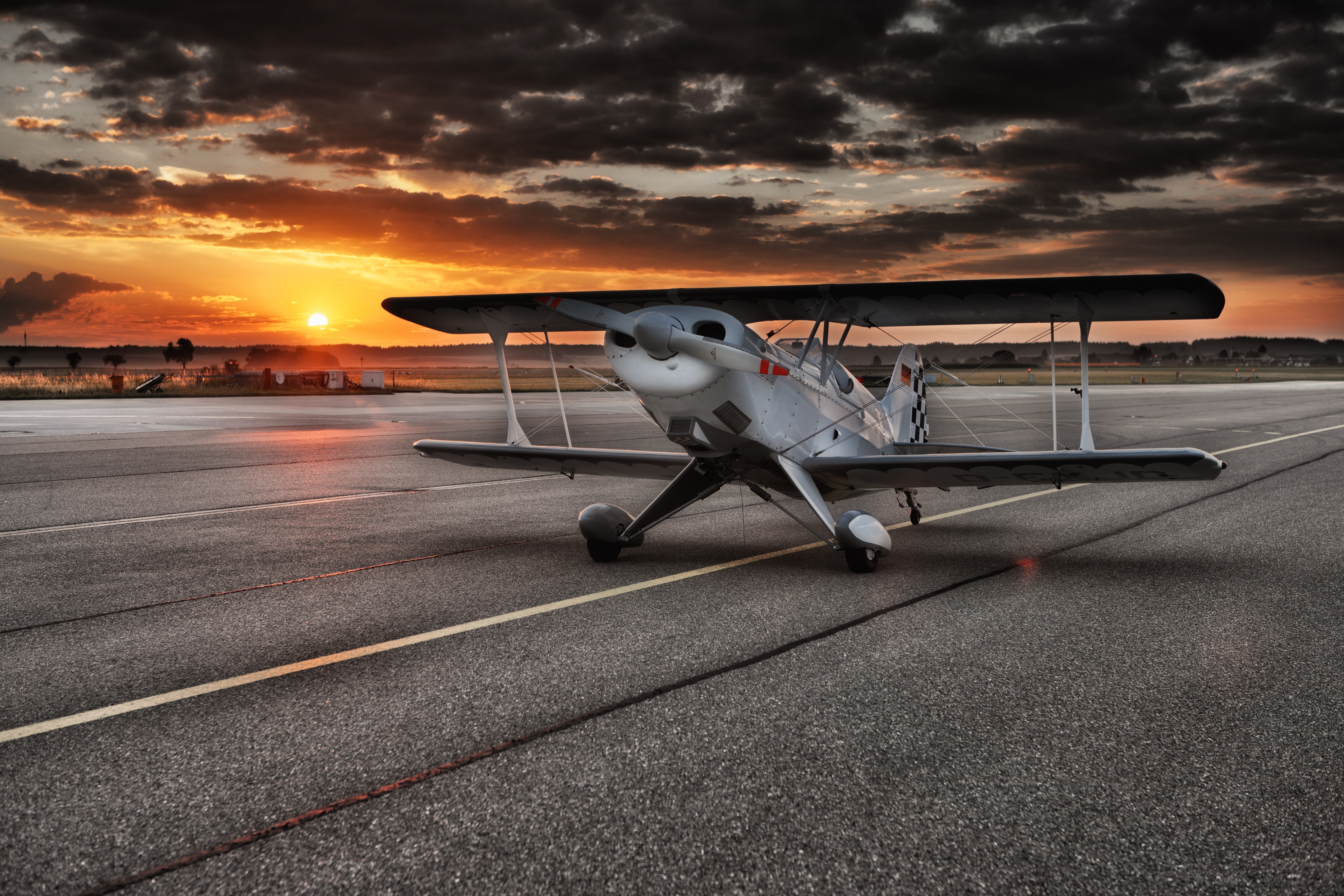
The Cessna TTx is the airborne equivalent of a high-performance luxury sedan, with a maximum cruise speed of 235 knots (roughly 270 mph) and four seats. It also has enough range to replace domestic and commercial flights, whether solo or in a small group. The ESP (Electronic Stability and Protection) autopilot system engages automatically if the pilot becomes incapacitated, initiates a stall, or loses control of the craft, which may be the TTx’s best feature.
Piper M350
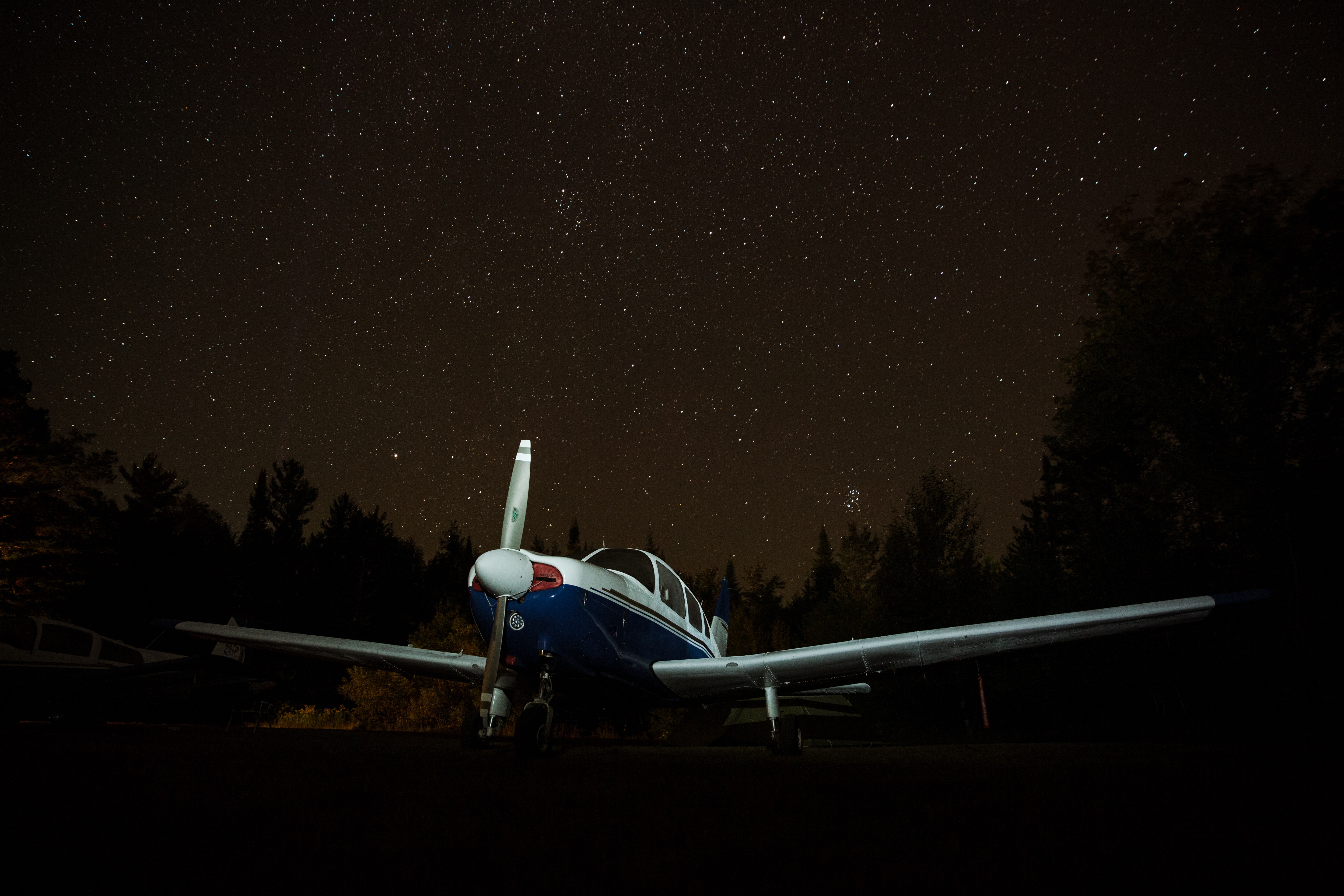
The dependable safety features, high-quality engines, and Garmin G1000 avionics technology of this powerful aircraft place it among the best-performing and safest single-engine airplanes worldwide. The aircraft’s pressurized twin-turbocharged piston engine allows it to fly above traffic and weather, putting safety first. The Piper M350 can travel 1,343 miles in a single flight thanks to its maximum cruise speed of 213 knots and maximum approved altitude of 7,620 feet. The piper aircraft goes above and beyond to provide premium amenities on board, such as an exclusive piper air-stair door, power plugs, lighting controls, beverage holders, a work table, and even seat controls.
Ercoupe 415-D

The Ercoupe was widely regarded as one of the most simple and safe single-engine flying planes. The Ercoupe’s design was revolutionary when it was first released in the 1940s. It was the first general aviation plane with a nosewheel and was certified as “non-stallable and non-spinnable. Like the Champ, the Ercoupe is a fuel-efficient vehicle that uses only 6 gallons of gas per hour.
Beechcraft G36 Bonanza
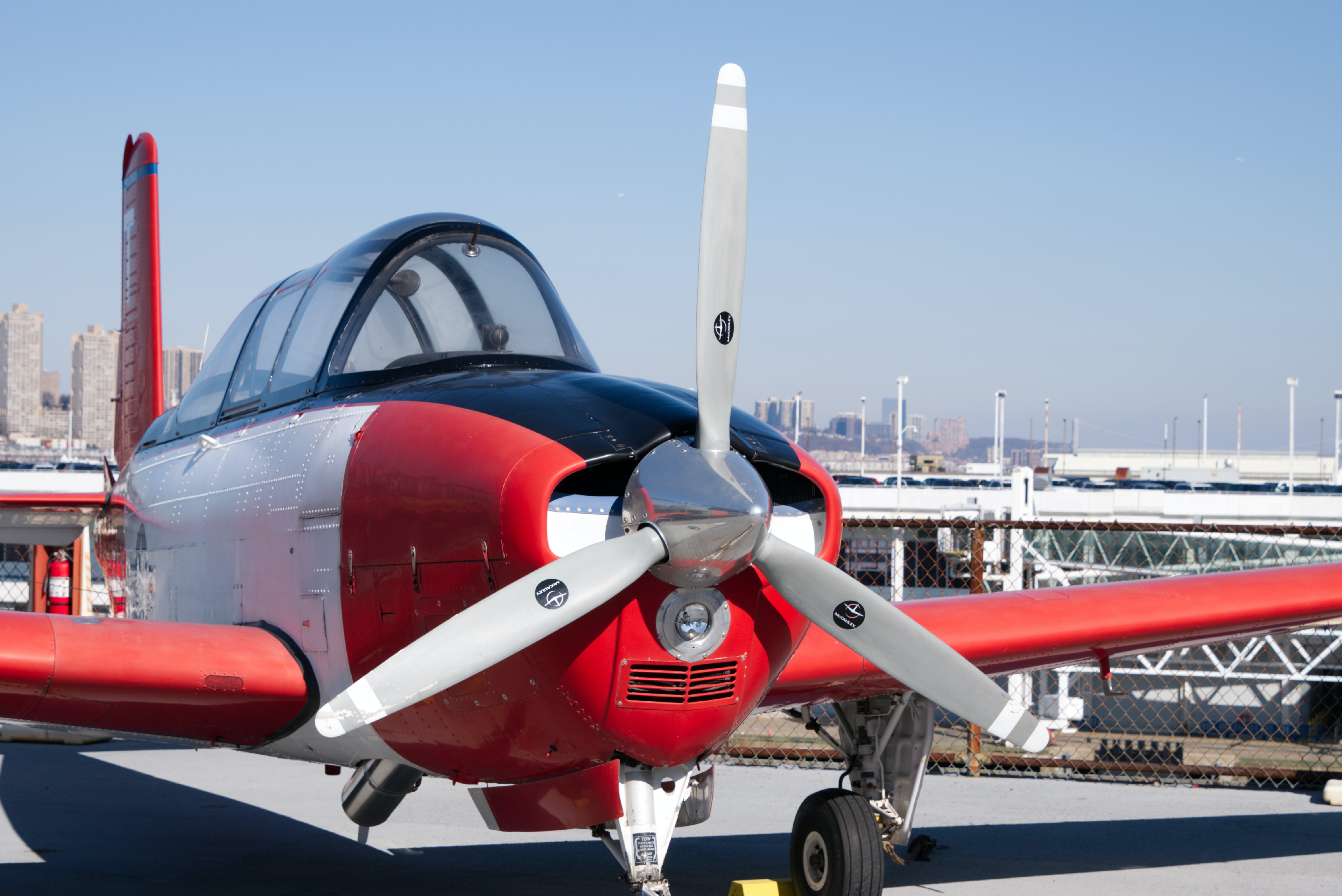
The Beechcraft Bonanza is a single-engine piston plane that has been in continuous production since 1947. While it’s still an ultra-reliable workhorse with seating for up to six, the latest version has a higher-visibility glass wraparound windscreen and touchscreen-centric Garmin avionics, which, according to JA Air’s Scott Fank, is the single biggest draw (of small-plane features) for new pilots who’ve likely never flown with older, purely analog instrumentation.
Mooney M20 Acclaim Ultra
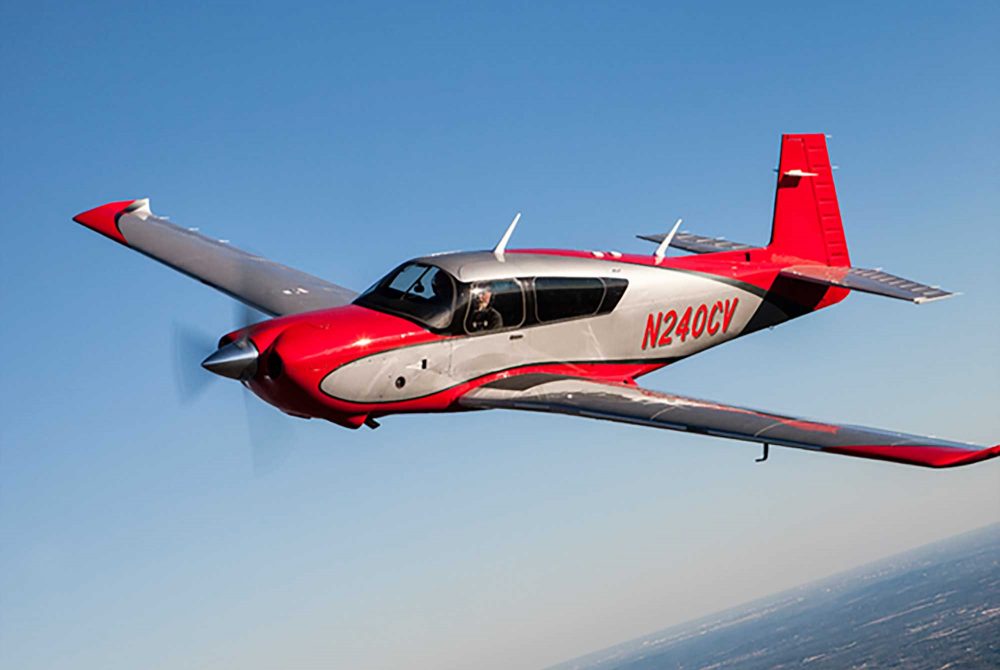
The Acclaim is one of the fastest single-engine planes on the market, with a well-designed interior. The sleek and streamlined undercarriage extends the range of this small aircraft. It also relieves pressure gradually, allowing for a smooth takeoff and landing. The tricycle gear and low wings of this four-seater piston-powered propeller-driven model. It will require approximately eight and a half gallons of Avgas to operate, or slightly more than $50 per hour.
Daher TBM 900
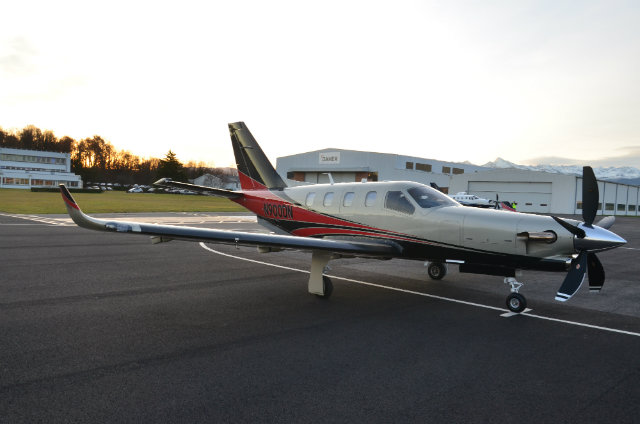
Don’t be fooled by the propeller on the front of the Daher TBM 900. It still has a turbine engine and deserves to be first because it is faster and has nearly double the range of the Cirrus Vision. The TBM 900, the world’s fastest single-engine production plane, will compete with many light jets while operating at much lower costs.
Stinson 108
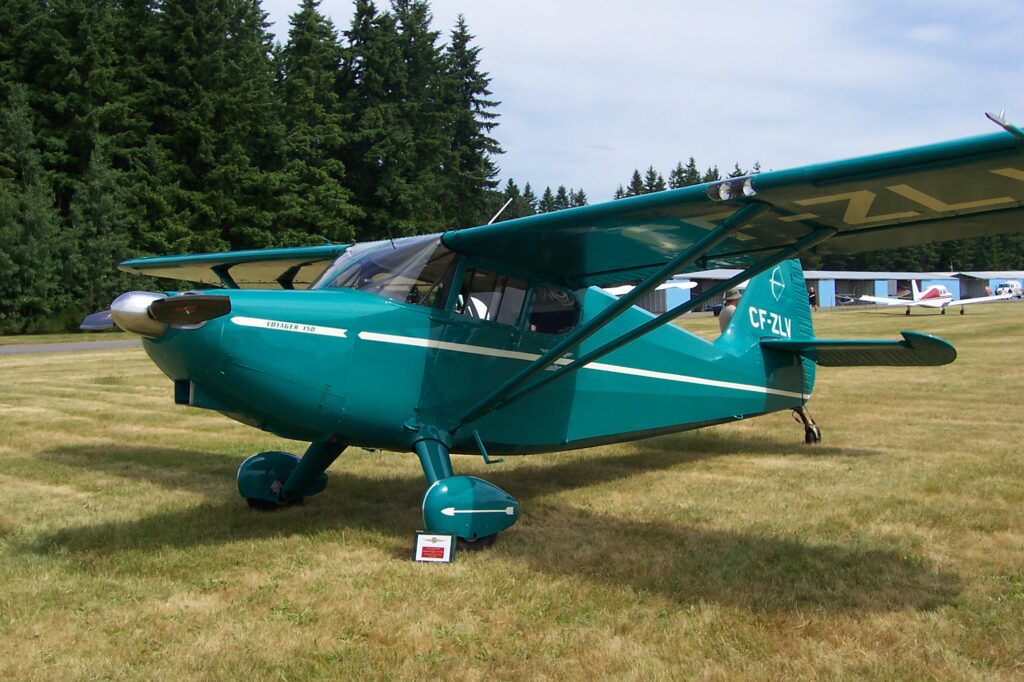
The Stinson 108 is a one-of-a-kind aircraft that has been in service since the 1940s and does unusual things. Fans of the design have developed cult-like devotion to it, which is surprising given how well it evokes the era. The vehicle seats four people and has a fabric-enclosed fuselage made of steel tubing. As a plane, it has a cruising speed of about 110 mph. This is unquestionably a historic aircraft that collectors and enthusiasts will enjoy. It lacks some modern conveniences, but it more than compensates with charming nostalgia and inventiveness.
Cirrus Vision SF50

The Citrus Vision SF50 is the best private plane for the family. A Cobra product if the amphibious A5 is a future soldier. Or, if Cirrus can get a model ready for flight testing next year and deliver the first planes in 2015, it will be. With its single, top-mounted jet engine and V-wing design, however, anyone, including those of us without nearly $2 million, can root for this plane. It would also establish its category, dubbed the Personal Jet by Cirrus, with enough pep (300 knots) to satisfy performance enthusiasts and seating for the entire family (up to five adults and two children).
Commander 690 A/B

The Commander 690 is one of the best small jet planes and is an affordable owner-piloted turboprop. The 690 is a one-of-a-kind, low-cost turboprop. This is due to the fact that it can accommodate 8-10 passengers and their suitcases. The Commander 690 is well-known for its excellent short-field performance and handling stability. Its tough design will be handy if you want to fly into unimproved airports.
Eclipse 550
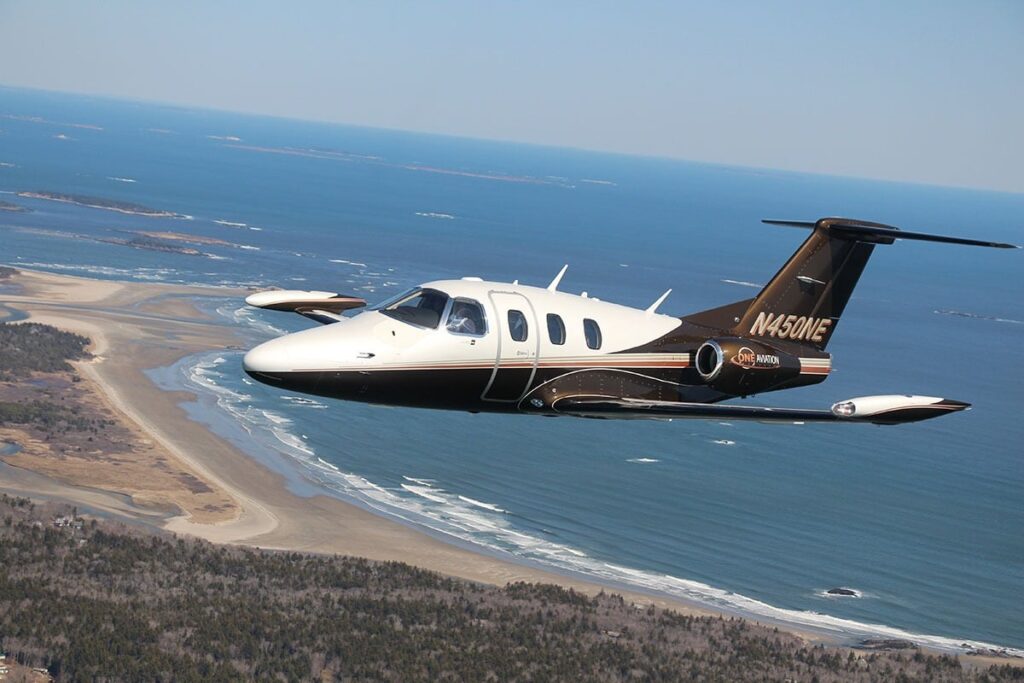
Eclipse is one of the best small planes to own. The Eclipse 550 is your best bet for personal jetting until the Vision is available. Eclipse claims to be the only twin-engine jet that costs less than $3 million and is also the most fuel-efficient, consuming 59 gallons per hour. We’re more interested in its cruising speed of 375 knots (430 mph) and a maximum altitude of 41,000 feet, which will get you from Memphis to Miami in under three hours while flying above most commercial air traffic. Enhanced and Synthetic Vision are optional features that provide fighter jet-style night vision and a heads-up display with integrated 3-D maps of approaching terrain.
Pilatus PC-12 NG
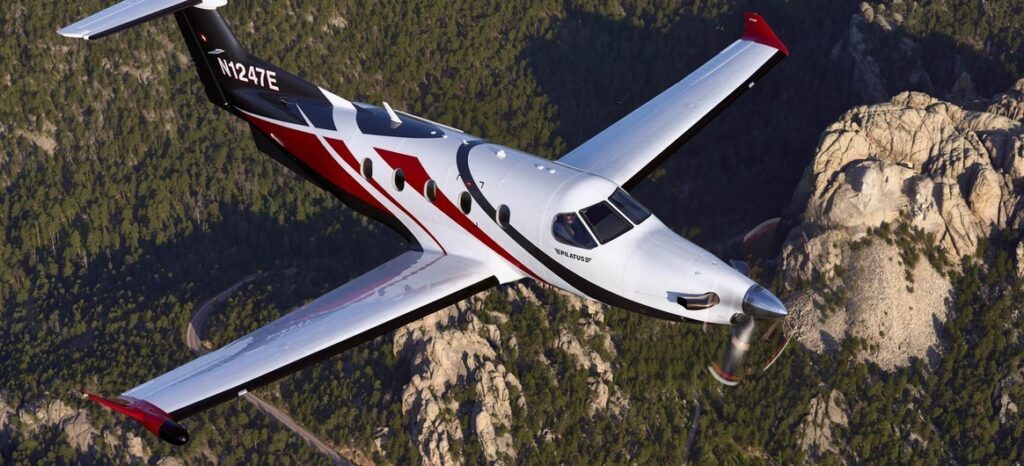
There are less expensive turboprops, such as Cessna’s Caravan series cargo haulers. The Pilatus PC-12 NG, on the other hand, is a jack-of-all-trades, with a pressurized cabin, versatile interior layouts that can seat up to nine passengers, and a single turbine capable of reaching 280 knots (compared to the Caravan’s 186 knots). It is also known for its dependability and durability, which is why the PC-12 is used by everyone in the United States, from commercial airlines to special operations commandos. The United States Air Force. Again, car comparisons are misleading, but this is the fastest, most challenging, meanest minivan you’ll ever fly in.
Embraer Phenom 100
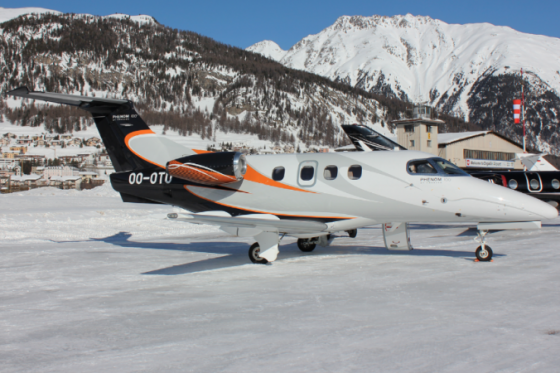
What characteristics should you search for in a “low-cost” airline? Twin 390-knot turbofans, a fully enclosed lavatory, a large (class-leading) BMW-designed cabin with a built-in wardrobe for accessible storage, and seating for up to eight passengers are standard, with two crew members up front and four passengers facing each other limousine-style optional. The Embraer Phenom 100 is a Very Light Jet (VLJ) that sits between turboprops and, more prominent, traditional jets. Nonetheless, you are unlikely to be the VLJ’s pilot.
Aeronca Champ 7AC
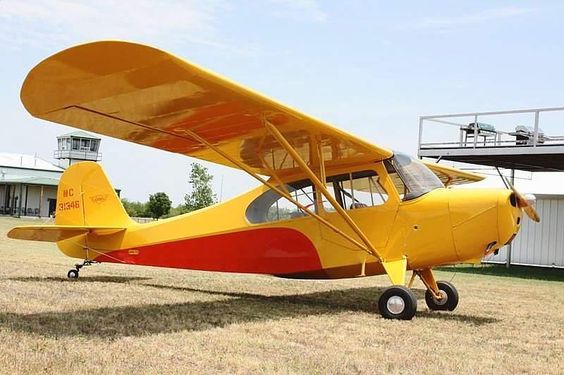
The original Aeronca Champ is a classic, low-cost tandem plane that was once a popular option for trainer planes. This plane is best suited for long, slow flights. A 4-5 gallon per hour fuel burn will significantly stretch your fuel budget. Regarding both purchase and operating costs, the Champ is an excellent example of a low-cost personal aircraft.
Beechcraft King Air 350i

The most fuel-efficient way to transport ten people is in a Beechcraft King Air 350i twin-turboprop plane. A comparable-size jet uses at least one-fifth the amount of fuel. Other benefits include a robust airframe and landing gear that allows it to take off with a full passenger load and full fuel load (allowing for extremely long ranges) in virtually any temperature and on runways that comparable turboprops or jets cannot. The emphasis, however, is on group travel. Corporations purchase King Airs to save money, whereas private buyers want to transport entire clans to exotic locations.
Learjet 70

Learjet was once known as the Xerox of private aviation, with its name synonymous with wealth in the air. The company (owned by Bombardier) isn’t exactly in trouble, but models like the upcoming Learjet 70 could help it recover. It can fly up to 45,000 feet and has a transcontinental range of 2,060 nautical miles. The new eight-seater will be one of the first to feature Garmin’s most recent cockpit layout – the top-tier G5000, with its array of 14- and 5.7-inch touchscreen panels – as well as 200 pounds lighter than the model it replaces.
Honda HondaJet HA-420
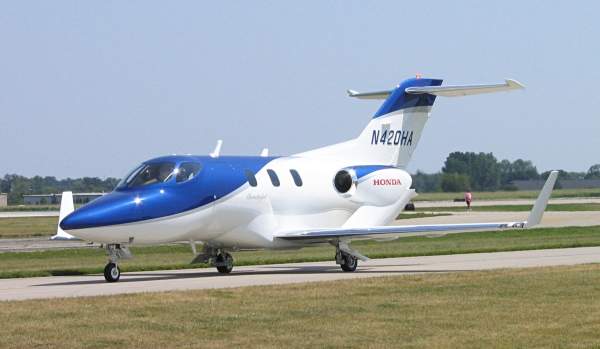
Even though Honda’s first foray into aviation took decades, the company’s novel over-the-wing engine mounts have been enormously successful. Honda announced the HondaJet Elite only 30 months after its initial release, which included an auxiliary fuel tank for increased range and a seatbelt in the restroom, allowing for a total of 6 occupants.
Dassault Falcon 7X
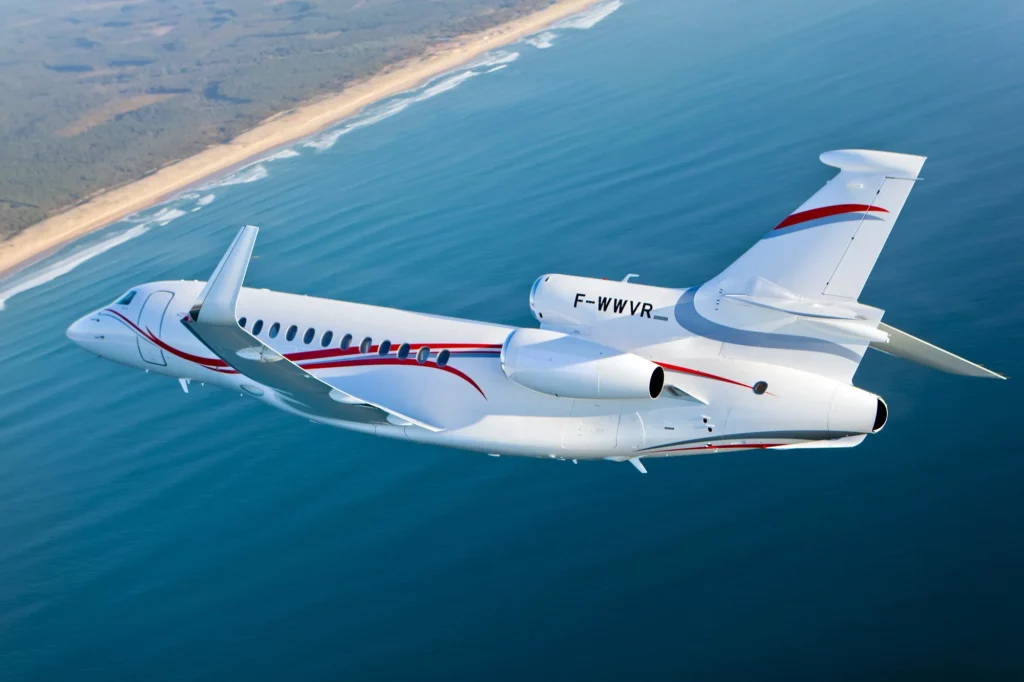
The Dassault Falcon 7X is not the most powerful, fastest, or most expensive billionaire jet. But it’s by far the most interesting: it’s one of only two trijet models in the air (Dassault makes the other), and it’s massive, with a stand-up cabin, bathroom, and seating for up to 16 passengers. With a landing speed of up to 104 knots, the 7X can land on runways that would generally be far too short for large-body jets. For example, other planes in its class are not permitted to land at London City Airport.
Gulfstream G650
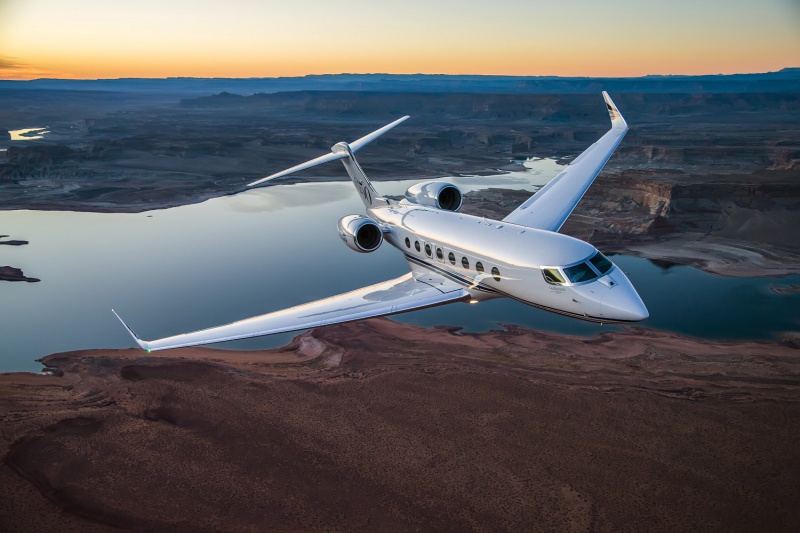
According to Gulfstream, the world’s largest, fastest, and farthest-flying private plane is all bluster. With a top speed of 0.925 Mach, the Gulfstream G650 outperforms all other aircraft, including commercial jetliners (or 0.85 – 0.9 Mach when cruising). It has a range of 7,000 nautical miles, enough to fly from Los Angeles to Tokyo and back with plenty of fuel.
That concludes our list of the seventeen best small planes on the market today. Take care when flying!
FAQs
What is the most reliable small plane?
The most reliable small plane is Diamond DA40 NG.
The DA40 NG (NG stands for “next generation”) is the safest single-engine plane to own. It’s an excellent first plane with exceptional handling that will put you in complete control. The Diamond DA40 NG may be one of the better single-engine planes on the market, thanks to its first-class safety rating.
What is the easiest small plane to fly?
The three easiest small planes to learn to fly:
- The Cessna 172: The Cessna 172 did not become the best-selling plane in the world overnight. Over 43,000 Cessna 172s, including modified version models, have been produced since 1955. It’s a famous aircraft among ground school students. It is well-known for its forgiving nature and wide range of available replacement parts.
- The Piper PA-28: The Piper was created to compete with the Cessna 170. Even though the Piper has a lower wing placement than the Cessna 172, there are advantages. The fuel tanks on the Piper are located beneath the engine, eliminating the need for a stepladder. The plane is stable while taxiing because the landing gears are attached to the wings rather than the fuselage.
- The Diamond DA40: The Diamond DA40 is a more recent plane. It’s a four-seater trainer that’s mass-produced. The glass cockpit is one of the first things you’ll notice about the Diamond DA40. The low wing design improves visibility for both pilots and passengers. The Cessna 172 and Piper PA-28 are metal aircraft, whereas the DA40 is constructed of composite materials. These materials help the plane to be lighter and more fuel-efficient. Students learning to fly in DA40s are better prepared for modern avionics than students learning in older Cessnas and Pipers.
What is the best private plane to own?
The best private plane to own is Beechcraft G36 Bonanza. The Beechcraft Bonanza is a single-engine piston plane manufactured continuously since 1947. While it’s still an ultra-reliable workhorse with seating for up to six, the latest version has a higher-visibility glass wraparound windscreen and the touchscreen-centric Garmin avionics that, according to Scott Fank of JA Air is the single most appealing feature (of small-plane features) for private pilots who have probably never flown with older, purely analog instrumentation.
What is a good starter plan to buy?
A good starter plane to buy is as follows:
- Cessna 172 Skyhawk
- Cessna 182 Skylane
- Piper Cherokee
- Beech Bonanza 35
What is the safest plane to fly in?
According to experts, the model (737-800) is the safest aircraft ever built. The 737-800 is one of Boeing’s next-generation planes, along with the 600, 700, and 900.
What is the easiest plane to land?
The 150/152’s most notable feature is their ease of landing — they practically land themselves. Because of its compact design and preliminary stall warning, this plane is one of the easiest to fly.
Is it hard to learn to fly a small plane?
No! Flying has been learned by individuals of various sizes, ages, and abilities. It’s a lot of fun, and you’ll get to do most of the flying right away.
Is it hard to learn to fly a Cessna?
It all depends on your time and how good you are. Flying is the easiest part. Flying correctly is problematic because it necessitates more than a stick and rudder.
Is flying a private plane hard?
It will take longer to learn than driving a car because it is more challenging to learn. It is, however, not significantly more difficult. Like driving or other skills, some people will take longer than others. As a result, some individuals will be required to pay greater amounts than others.
What is the smoothest plane to fly on?
The Gulfstream has a smooth ride, whereas the 747 or A380 have significantly more mass, dampening turbulence. Some business jets are smoother than others, but the larger A380 or B747 is usually the smoothest.
How far can you fly in a small plane?
The plane determines this. Small planes have a range of 500 to 1500 nautical miles depending on fuel load and tank configuration. However, the average appears to be in the middle of that range.
How far can a Cessna 172 fly?
The modern 172 Skyhawk has a range of 696 nautical miles and a standard reserve of 45 minutes at 12,000 feet at 55% power. This equates to a total distance of 1,289 kilometers on the ground.
Why did the Cessna 400 fail?
An FAA test pilot flying a Cessna 400 at the factory discovered a fuel leak in December 2010. According to the cause, “the aircraft suffered a major structural failure in the wing during a manufacturing acceptance flight test.”
How often do single-engine planes fail?
The Federal Aviation Administration (FAA) reports that turbine engines fail every 375,000 flight hours, while aircraft piston engines fail every 3,200 flight hours.
What is the safest private plane?
The World’s top eight safest private jets:
- Cessna Citation 680 Sovereign.
- Dassault Falcon 2000.
- Bombardier Challenger 300.
- Bombardier Global.
- Gulfstream G650.
- Dassault Falcon 900.
- Airbus Corporate Jet.
- Embraer Phenom 300
Are twin-engine planes safer than single engine?
Twin-engine piston planes are not safe and more secure than single-engine planes. Contrary to popular belief, the loss of one engine increases drags, which, when combined with the loss of thrust from the other engine, can easily cause the pilot to lose control of the plane.
